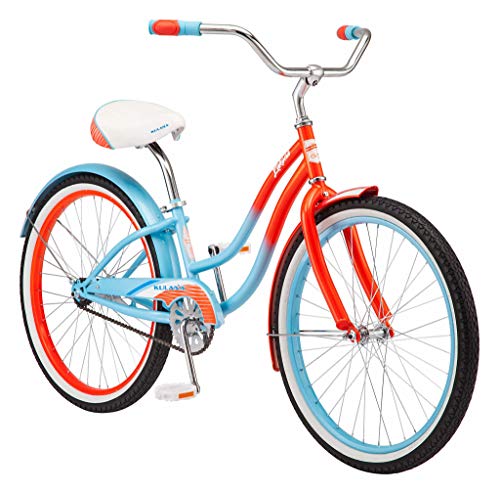I basically tried everything, paint, paint with wood flour filler, vinyl wrap, thin steamed wood veneer laminate (this didn’t get soft at all by steaming as it’s kiln dried and split) and steamed basket weaving wood strips. The basket wood had to be laminated as it wasn’t wide enough. The problem is you would need a custom vacuum mold. You can’t clamp all the places well enough with just clamps. So it’s loose in places and is unusable if you just use clamps. When you try to reglue and move the wood it cracks and comes loose. This is with epoxy, I didn’t try any other glue as clamping was such a disaster. I tried to use an inner tube with zip strips inside the rim but that kept rolling off. I thought if the tube would stay put I could use a jillion close pin clamps on the edge but it kept coming apart. I tried wrapping the strips with electrical tape to hold it in place while the glue dried but everything moves around, falls off. The tape gets all epoxied up from the constant readjusting. It still had places where it was pulled away and not glued. A laminate like this would leave the original bead exposed, an obvious fake. It was a mess to scrape, file and sand off the epoxy wood failure. This wheel here uses the rim from my previous failures. So far I can mount tires with out chipping the fake wood from the bead but three small chips came off when I dismounted the tire. I repaired those. This epoxy wood job very well could come off with riding, I’ll have to see. Real wood is nice but the constant maintenance is a pain. The spoke tension gets soft, over and over, as the nipple head washers sink into the wood from spoke tension. The carbon lined ones don’t help this problem as the spoke heads are still sunk in wood. Carbon liners allow more tire pressure than unlined ones, pretty low pressure can blow the wood sidewalls apart on regular wood clinchers. So the carbon liners help with increased tire pressure but do nothing from preventing your spoke tensioning from getting soft. I want the best of all wood wheel worlds, ha,ha.

























































































